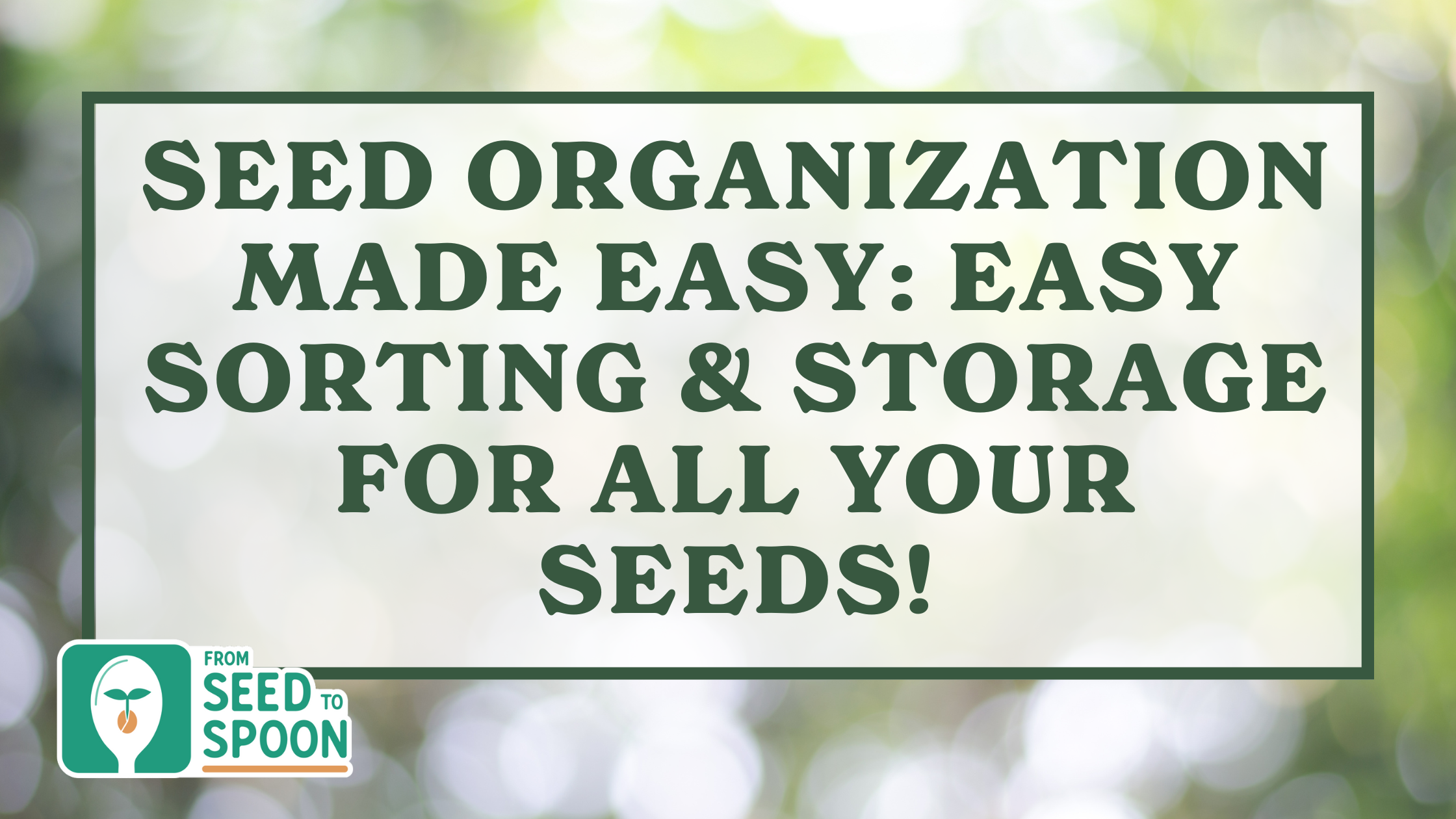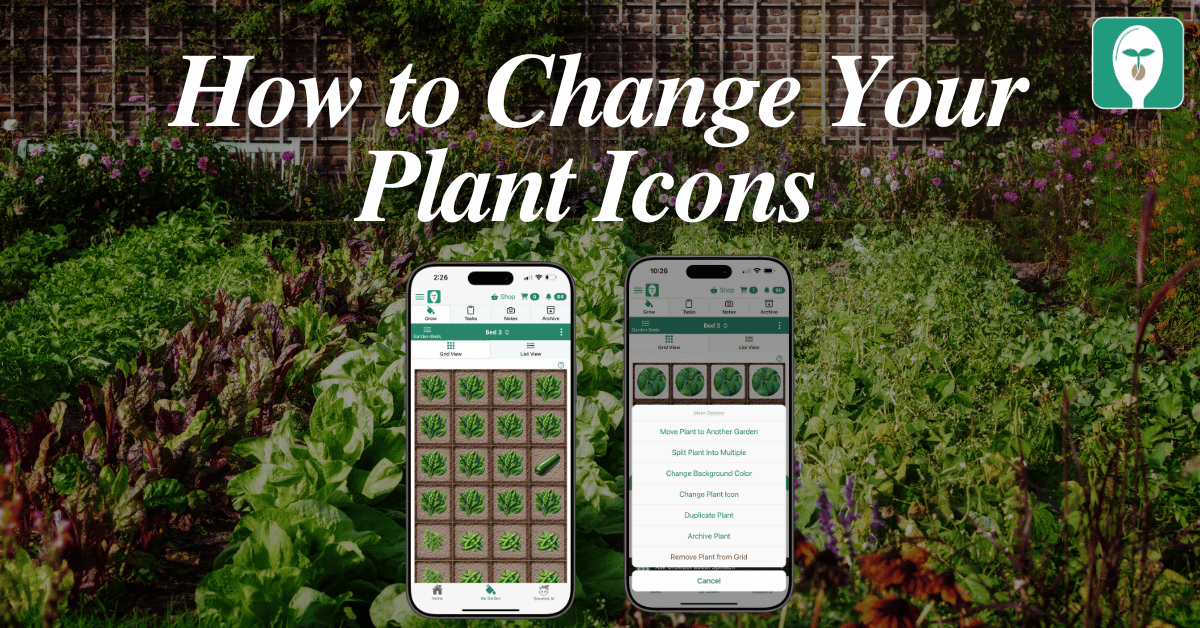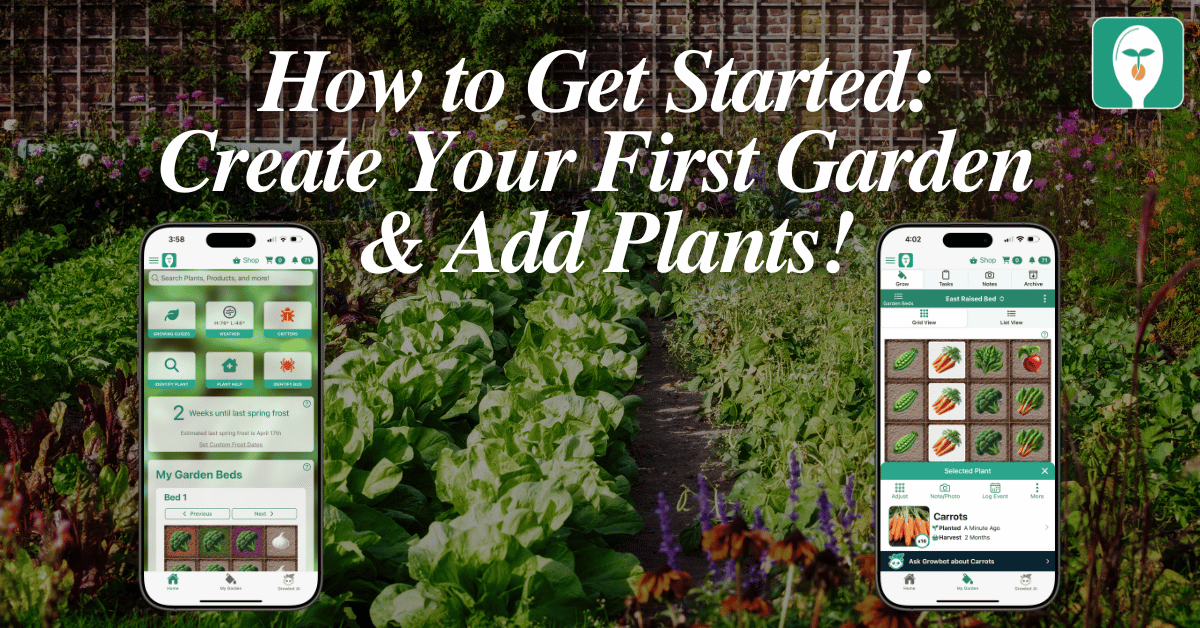As the gardening season approaches, the excitement of seed shopping fills the air. Gardeners everywhere are stocking up on seeds for the upcoming planting season. However, with a plethora of seed packets comes the challenge of organization. Keeping your seeds organized not only makes your gardening more efficient but also ensures that no seed goes unused. If you find yourself overwhelmed with packets of seeds and unsure of how to store them, you’re in luck. We’ve discovered a perfect solution that’s not only effective but also adds a personal touch to your gardening preparations.
Introducing the Seed Binder: A Gardener’s Best Friend
Forget about the days of rummaging through drawers or boxes filled with seed packets. The solution to your organizational woes is as simple as a trip to your local office supply store: a 2-inch binder. This method is not just about efficiency; it’s a way to involve the whole family in the gardening process. Here’s how to create your personalized seed binder:
Create a Personalized Cover: Involve your kids or channel your inner artist to decorate the binder’s cover. You can categorize your seeds by season, type, or any system that suits your gardening style. For example, dedicate a binder to your cool-season crops and adorn it with drawings and labels of the seeds it will contain.
Use Plastic Sleeves for Large Seeds: The first few pages of your binder can contain plastic sleeves, perfect for storing larger seeds or seed tapes that don’t fit into smaller compartments. This section is ideal for peas, beans, and other sizable seeds.
Incorporate Trading Card Sleeves for Smaller Seeds: Trading card sleeves are an excellent fit for standard seed packets. These sleeves allow you to view several seed packets at once, making it easy to find what you’re looking for at a glance.
Utilize Photo Album Sleeves for Bulkier Packets: For larger or bulkier seed packets, 3.5 by 5-inch photo album sleeves are a perfect match. These sleeves can accommodate the seeds that need a bit more space and keep them securely in place.
Organize Alphabetically for Easy Access: Organize your seeds alphabetically within each section. This system ensures that you can easily locate any seed packet without hassle. Whether you’re planting beets or broccoli, you’ll know exactly where to find your seeds.
Try Out Every Variety: This organization method also makes it easier to experiment with different varieties. For instance, if you’re a broccoli enthusiast, you can easily store and access every type of broccoli seed available, from heirlooms to hybrids.
Why This Method Works
The seed binder method is more than just an organizational tool; it’s a way to make gardening more accessible and enjoyable. By having a dedicated and well-organized space for your seeds, you’re more likely to use them all and experiment with new varieties. Additionally, involving family in the creation and maintenance of the binder adds a personal touch and can help foster a love of gardening in young ones.
Embrace Technology for Gardening Success
While the seed binder is a fantastic way to keep your physical seeds organized, don’t forget to leverage technology to plan and manage your garden. The Seed to Spoon app is an invaluable resource for gardeners, offering personalized planting dates based on your location, tracking features for your plants, and a wealth of gardening tips. By combining the tactile organization of the seed binder with the digital convenience of the Seed to Spoon app, you’re setting yourself up for a gardening season filled with success and enjoyment.
Download the Seed to Spoon app today and discover how it can transform your gardening experience. With your seeds neatly organized and a digital gardening assistant at your fingertips, you’re well on your way to a bountiful harvest.

Carrie Spoonemore, co-founder of “From Seed to Spoon,” stands as a beacon of inspiration for gardeners and health enthusiasts alike. Her journey alongside her husband, Dale Spoonemore, in creating a platform that demystifies gardening and promotes a healthier lifestyle, has made a significant impact on individuals around the globe. Through the “From Seed to Spoon” app, Carrie has dedicated herself to empowering people to take control of their health and environment by growing their own food.
With a profound belief in the power of gardening to improve mental and physical health, Carrie’s contributions to the Seed to Spoon blog reflect her holistic approach to wellness. Her articles often focus on the nutritional benefits of homegrown fruits and vegetables, organic gardening practices, and the mental health benefits of spending time in nature. Carrie’s expertise in health science shines through in her detailed discussions on how specific plants can contribute to a balanced diet and overall well-being.
Carrie’s passion for gardening is deeply intertwined with her commitment to family and community wellness. She frequently shares personal stories of how gardening has brought her family closer together, offering practical tips for involving children in gardening activities and making it a fun, educational experience. Her writing encourages families to explore gardening as a means of spending quality time together while learning about nature and sustainability.
In addition to gardening advice, Carrie’s contributions to the blog include insights into the use of technology to enhance the gardening experience. She has played a crucial role in designing the “From Seed to Spoon” app to be user-friendly, ensuring that users of all ages and backgrounds can navigate the complexities of gardening with ease. Her vision for the app is not just as a gardening tool but as a vehicle for change, inspiring individuals to adopt a more sustainable lifestyle by growing their own food.
Carrie Spoonemore’s presence on the blog is marked by her compassionate approach to teaching and her unwavering belief in the transformative power of gardening. Her work continues to inspire a community of gardeners to pursue a healthier, more sustainable way of living, proving that with the right tools and knowledge, anyone can become a gardener and advocate for their health and the planet.






